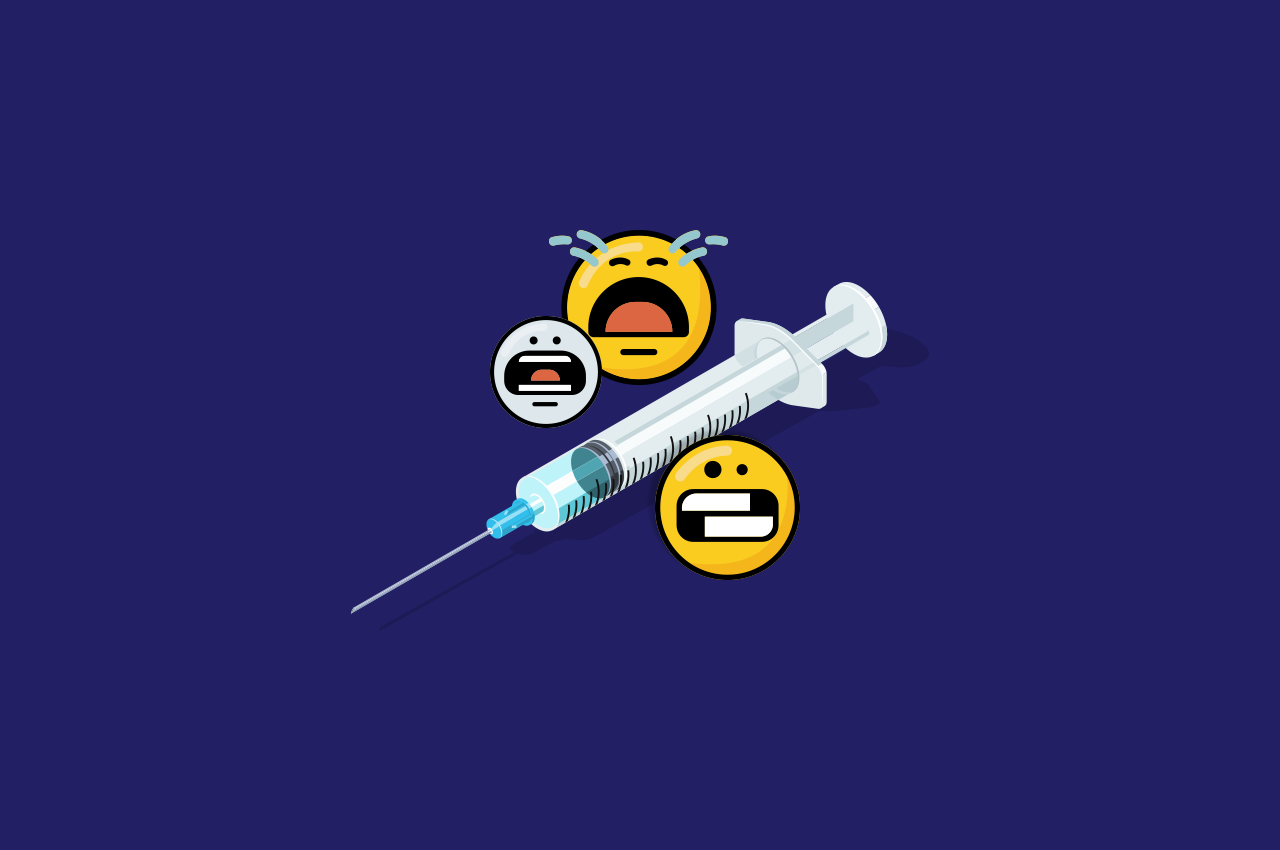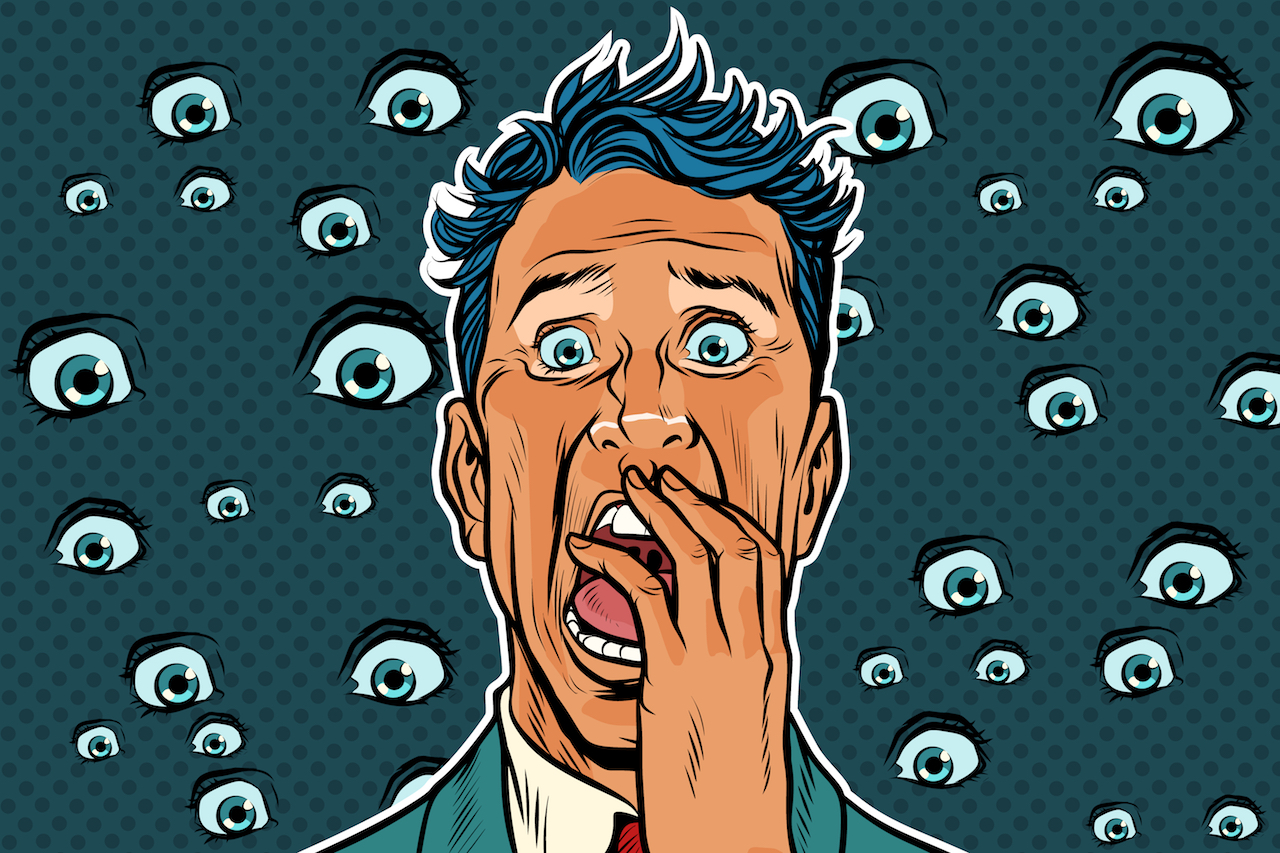“Oh, I can’t donate blood – I am terrified of needles!” You are not alone. In fact, trypanophobia, or fear of needles is one of the top 10 most common phobias. But, sooner or later, you may end up in a situation where you really need to get an injection. Then what?
Well, the good news is that phobias can be treated. In this article, we’ll look at a one-session treatment for needle phobia.
First up: find a nurse practitioner or a medical doctor with whom you feel comfortable. All phobia treatments need a close co-operation between the patient and the health service provider. You may need to explain to her or him what is required to successfully treat a needle phobia. Most health care providers do not routinely carry out these procedures, so you can take charge of the situation and inform them of what is involved in psychological phobia treatment.
Once both of you understand what to expect, the next steps can be carried out successfully in one treatment session lasting between and one and two hours.
Before we get into the details of the procedure, it is essential that you bear in mind three things:
- Although you may be afraid of needles, every person has a different underlying belief. To treat the phobia, you need to this core belief. For example, many patients have a fear of fainting in these situations, others fear the pain, and their thoughts centre on how unbearable the pain of the injections will be. Some patients describe a strong feeling of disgust when a needle, or any sharp object, penetrates the skin. Because there are different core, extreme beliefs, these need to be discussed with the health practitioner. What exactly about the needle do you fear? You may even have a very extreme belief, such as that a blood vessel, and that you won’t stop bleeding and die of blood loss. Or, that the needle that has been inserted will break, wander in the body, and when it reaches the heart you will die.
- Recognize that the phobia is the bigger problem – not the needle. The phobia is preventing you from getting potentially life-changing help. You may feel extremely anxious about your phobia and that is perfectly normal. Try to accept your feelings of anxiety, by taking deep breaths and asking the health practitioner for reassurance. You don’t have to feel guilty – lots of people struggle with phobias!
- Start thinking in terms of levels of distress. This means that at any time you must be able to rate how scared you feel between 0 -100. If your feeling of fear is below 30, then you have probably overcome your fear. So long as you have ratings above 30, you can talk more about your catastrophic fears and the likelihood of the fear ever happening. As you talk about it, your distress level will go down.
Step 1
Ask your service provider to check with you as you move through the five steps. She can say “Can I prick you now?” or “Are you ready to move on?” You do not want any surprises in your treatment session! Teach yourself to communicate in a verbal rather than non-verbal way by saying “Yes” or “no” clearly. Do not move to step 2 until you feel brave enough. Until then, keep talking through your extreme fears, and ask your health practitioner for reassurance. Break down your beliefs first.
Step 2
The second step is to ask your treatment provider to prick you lightly on each of your ten fingers. Note the level of distress units before you begin, and how they go down once you realize that nothing terrible has happened. If your experience is still above 30, you will need to take a break and repeat the pricks. Most people drop to below 30 after two attempts.
The most important thing to pay attention to, is that the pain is quite mild and not at all unbearable and actually only lasts for about a second, not even a minute!
Step 3
In this step you are going to experience an injection. First ask to have a piece of cello tape or a Band-Aid placed over your skin. In this way you won’t feel the needle as it lies at an angle against your body. You can also handle the syringe with the needle and “play” with it for a while. Getting used to it, can help to decrease your fears.
Once you feel ready, you can instruct your treatment partner to insert the needle and to show you exactly how deep the needle will be inserted. As the needle is being inserted, you may be surprised at your lack of extreme fear-based thinking. After all, nothing scary is happening! Remember to rate your fears before and after the procedure. You should continue until your distress rating is below 30.
Step 4
In this step you will tackle your blood being drawn. Ask see how the two ends of the needle work. The most important step is to give your permission for insertion. Once you do that, the process is so quick you probably will not realize it when it is over. If your veins are small, it may be necessary to keep trying to get access. Remember to be absolutely clear in communicating your permission to insert the needle. This simple act gives you a tremendous sense of control over what is happening.
This step ends with you giving a current rating of the your extreme fear and a discussion of any remaining beliefs that have not been dealt with. If there is any time left in the session you could continue to work with this, or it can be discussed during a future session.
Step 5
Allow yourself to forget about your needle phobia and the anxiety and guilt and shame you once experienced. How? It helps to focus on other things, focus your mind on the positives, and on the control you had in the situation. This is crucial because unless you do so, you will never really be able to shake the phobia.
Phobias take time and bravery to heal, but they can be dealt with. Just be patient, take small steps, and you could become braver than you’ve ever thought possible!
Evelyn Beneke for HelloDoctor.com




